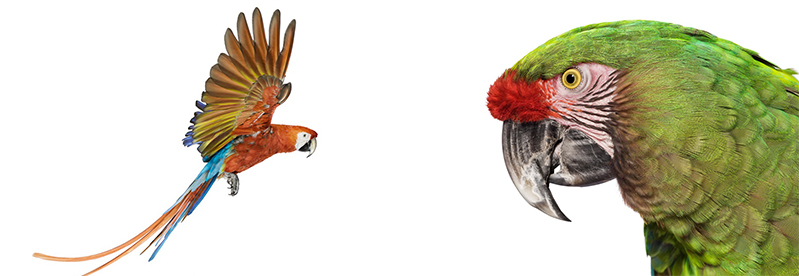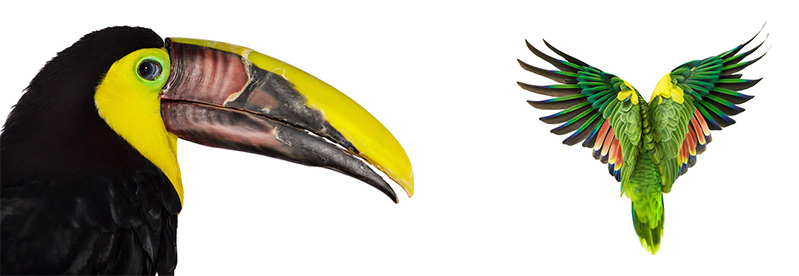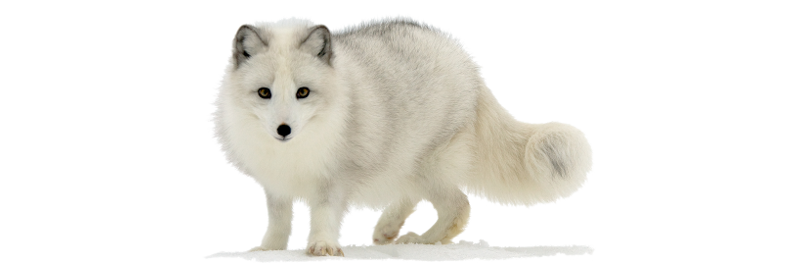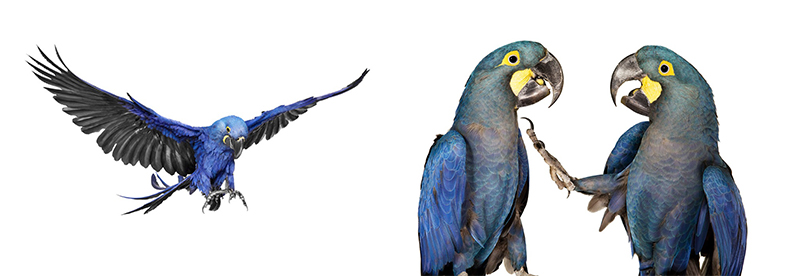...
Полный текст
Mustelids
Mustelids(Mustelidae)-is the largest family within Carnivora and is comprised of 56 species in 22 genera. Members of this family include weasels, stoats, polecats, mink, marten, fishers, wolverines, otters, badgers and others.
Mustela sibirica
Adult males are 28–39 cm (11–15 in) long, while females reach 25–30.5 cm (9.8–12.0 in). The tail in males reaches 15.5–21 cm (6.1–8.3 in) in length, while that of females reaches 13.3–16.4 cm (5.2–6.5 in). Males weigh 650–820 g (23–29 oz), while females weigh 360–430 g (13–15 oz).
In the wild, an average longevity of 2.1 years. One captive specimen lived 8.8 years
Martes martes
Its body is up to 53 cm (21 in) long, with a bushy tail of about 25 cm (10 in). Males are slightly larger than females; typically, it weighs around 1.5–1.7 kg (3.3–3.7 lb).
Pine marten has lived to 18 years in captivity, but in the wild, they can live up to 11 years.
Meles meles
Adults measure 25–30 cm (9.8–11.8 in) in shoulder height, 60–90 cm (24–35 in) in body length, 12–24 cm (4.7–9.4 in) in tail length, 7.5–13 cm (3.0–5.1 in) in hind foot length and 3.5–7 cm (1.4–2.8 in) in ear height. Males (or boars) slightly exceed females (or sows) in measurements, but can weigh considerably more. Their weights vary seasonally, growing from spring to autumn and reaching a peak just before the winter. During the summer, European badgers commonly weigh 7–13 kg (15–29 lb) and 15–17 kg (33–37 lb) in autumn.
The maximum life expectancy is about 14 years.
Mustela erminea
On average, males measure 187–325 mm (7.4–12.8 in) in body length, while females measure 170–270 mm (6.7–10.6 in).
Males average 258 grams (9.1 oz) in weight, while females weigh less than 180 grams (6.3 oz).
The average life span of a stoat is 1 to 2 years; the maximum is 7 years.
Mustela nivalis
Average body length in males is 130 to 260 mm (5 to 10 in), while females average 114 to 204 mm (4.5 to 8.0 in). The tail measures 12 to 87 mm (0.5 to 3.4 in) in males and 17 to 60 mm (0.7 to 2.4 in) in females. Males weigh 36 to 250 g (1.3 to 8.8 oz), while females weigh 29 to 117 g (1.0 to 4.1 oz).
The average lifespan for wild individuals is short; only 1 or 2 years, whereas the longest recorded captive lifespan is 10 years.
Mustela putorius furo
Ferrets have a typical mustelid body-shape, being long and slender. Their average length is about 50 cm (20 in) including a 13 cm (5.1 in) tail. Their pelage has various colorations including brown, black, white or mixed. They weigh between 0.7 and 2.0 kg (1.5 and 4.4 lb) and are sexually dimorphic as the males are substantially larger than females.
A healthy domestic ferret can live between six to 10 years.
Mustela vison или Neovison vison
Males measure 13–18 in (34–45 cm) in body length, while females measure 12–15 in (31–37.5 cm). The tail measures 6–10 inches (15.6–24.7 cm) in males and 6–8 in (14.8–21.5 cm) in females. Weights vary with sex and season, with males being heavier than females. In winter, males weigh 1–3 lb (500–1,580 g) and females 1–2 lb (400–780 g).
Martes flavigula
Males measure 500–719 mm (19.7–28.3 in) in body length, while females measure 500–620 mm (20–24 in). Males weigh 2.5–5.7 kg (5.5–12.6 lb), while females weigh 1.6–3.8 kg (3.5–8.4 lb).
One individual lived 16 years in captivity.
Martes foina
Males measure 430–590 mm in body length, while females measure 380–470 mm. The tail measures 250–320 mm in males and 230–275 mm in females. Males weigh 1.7–1.8 kg in winter and 2–2.1 kg in summer, while females weigh 1.1–1.3 kg in winter and 1.4–1.5 kg in summer.
Martes zibellina
Males measure 38–56 centimeters (15–22 in) in body length, with a tail measuring 9–12 centimeters (3.5–4.7 in), and weigh 880–1,800 grams (1.94–3.97 lb). Females have a body length of 35–51 centimeters (14–20 in), with a tail length of 7.2–11.5 centimeters (2.8–4.5 in).
© 2006-2025
 Russian
Russian
 English
English




























